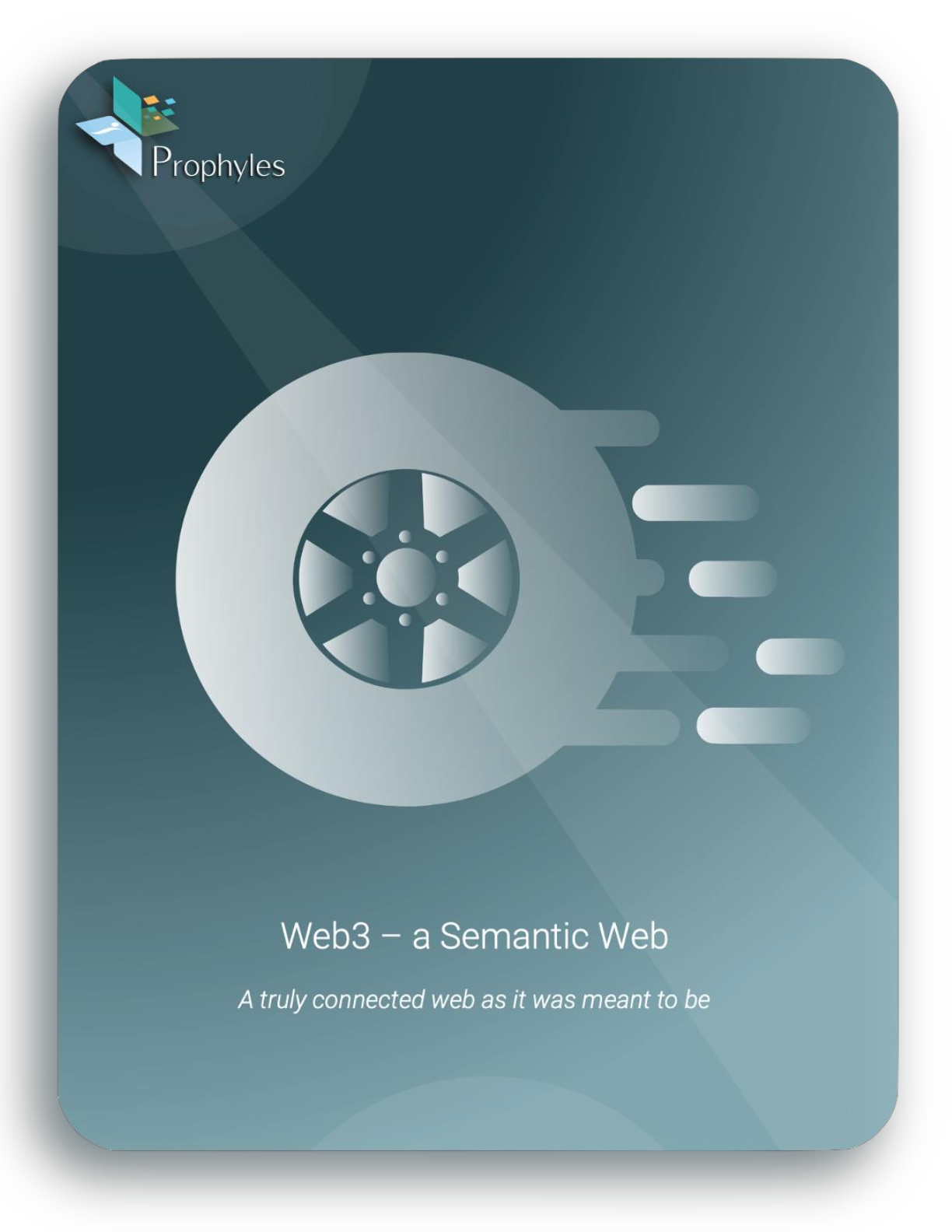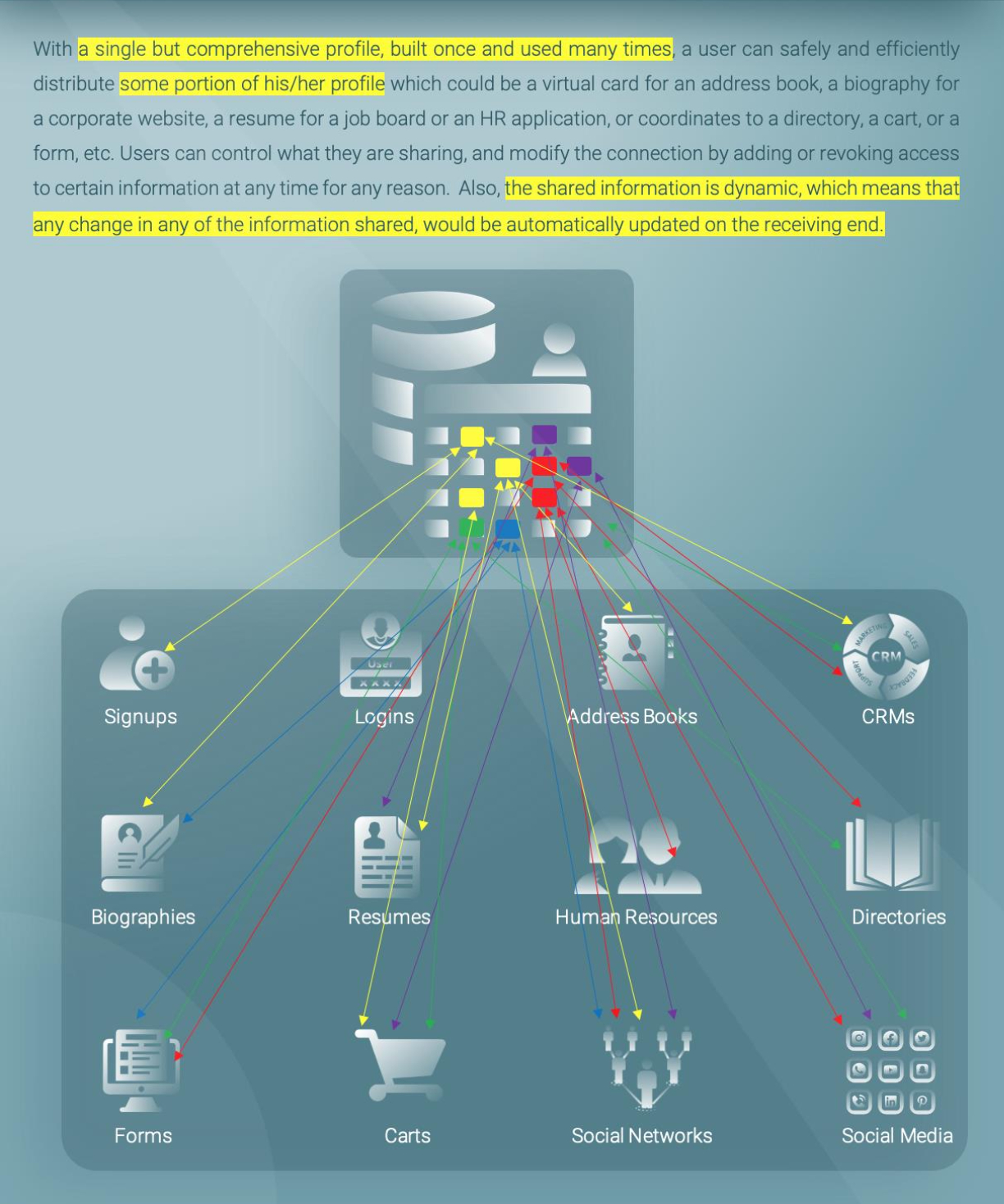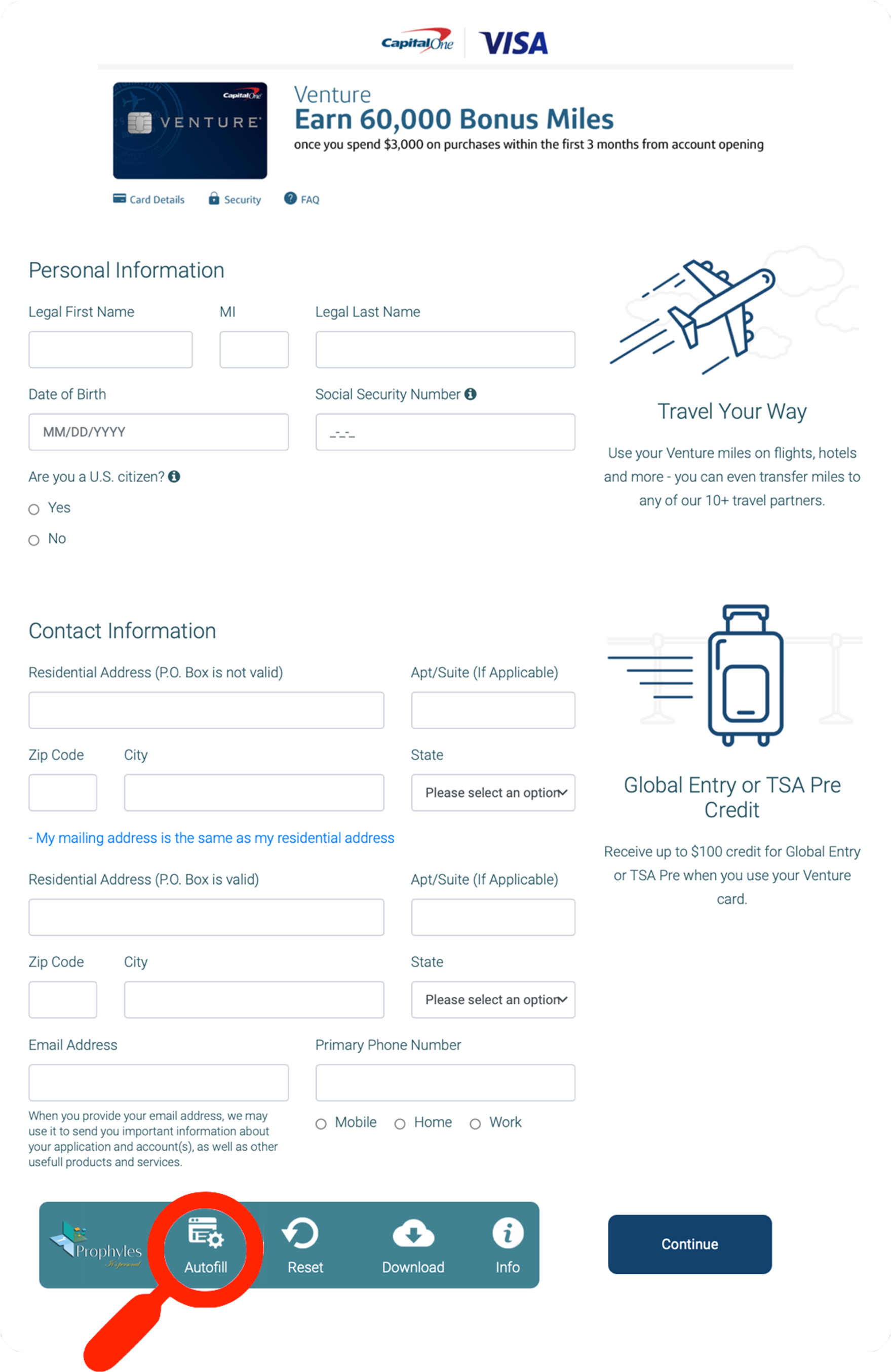
 Web3 – a Semantic WebA truly connected web as it was meant to be
Web3 – a Semantic WebA truly connected web as it was meant to be
Contact Management
Contact Management includes any application that deals with Contact Information such as address books, CRMs, social networks, etc. Below are some of the main problems in Contact Management:
- Some contacts in your address book are not connected with you in your social network (ex: your neighbor or your plumber).
- The information about your contacts in your address book doesn’t exactly match the information that you have on them in your social network because they are not synched.
- Some connections in your social network don’t have cards in your address book on your smartphone or computer. This means that your social network and your address book are not connected, and even if they will be connected in the future as LinkedIn promised to connect their social network with Outlook, they will not be really integrated.
- Even if your address book and your social network are connected and integrated together, however, they are neither connected, and definitely not integrated, with any other address books and social networks of any of your contacts. The fact that you entered information about a contact in your address book does not mean that your address book is connected with that contact’s address book. So, if any of your contacts makes a change, you wouldn’t know about it even if your address and social network are connected or integrated.
- Whatever information you entered in either your address book and/or your social network about any of your contacts is redundant - you and each of your contacts have recreated each other contact information over and over again repeated by the number of contacts you have. Such exponential data redundancy throws data integrity down the tube.
 Web3 – a Semantic WebA truly connected web as it was meant to be
Web3 – a Semantic WebA truly connected web as it was meant to be

 Web3 – a Semantic WebA truly connected web as it was meant to be
Web3 – a Semantic WebA truly connected web as it was meant to be

A Web3 application is a Distributed Application (DApp) consisting of a network protocol with a mesh topology that represents a high degree of complexity compared to a Web2 application requiring developers to be system thinkers and demanding a significant amount of effort, time, and funding upfront before any launch.
Web3
Everything is connected to everything
 Web3 – a Semantic WebA truly connected web as it was meant to be
Web3 – a Semantic WebA truly connected web as it was meant to be


 Web3 – a Semantic WebA truly connected web as it was meant to be
Web3 – a Semantic WebA truly connected web as it was meant to be

 Web3 – a Semantic WebA truly connected web as it was meant to be
Web3 – a Semantic WebA truly connected web as it was meant to be
Forms
- Efficiency – typing is tedious, laborious, boring, frustrating, repetitive, error prone, unproductive, time consuming, and inefficient. You keep reinventing the same wheel all over again, and again.
- Isolated – a form lives in its own silo in the organization that requests it. For example, if you complete an application for a driver license, and then change your address shortly thereafter, DMV will not know about it, which means that you would have to go back to DMV and supply to them your new address by filling up, yet another form. It also means that you have to notify all those places where you gave your address to such as your bank, your utility company, your employer, your friends, your doctors, your vendors, etc.
- Privacy – Every signup you make represents a potential hack. Small websites don’t have strong defenses against hackers, on the other hand, they are less likely to be attacked because they are small. Corollary, large websites have stronger defenses, but they are more likely to be attacked (ex: 3 billion Yahoo! accounts were hacked between 2013 and 2016). Arguably, Social Logins from companies like Google, Facebook, and LinkedIn offer great convenience. However, at what cost?!!! Those Social Logins are notorious about tracking you and then selling your “derivative data”, all the while claiming that they “do no evil”.
- Costs – as a custodian of Personal Information, the organization requesting it has an increase in storage cost and insurance premium cost to cover attacks such as hacks and Distributed Denial of Service (DDoS).
- Compliance – if any organization requests any Personal Information, then they are subject to regulations by General Data Protection Regulation (GDPR), California Consumer Protection Act (CCPA), and California Online Privacy Protection Act (CalOPPA).
 Web3 – a Semantic WebA truly connected web as it was meant to be
Web3 – a Semantic WebA truly connected web as it was meant to be

AutoFill
Any form could be completed with just a click with AutoFill which fetches the required data from the user’s main profile. Thereafter, any change to the user’s profile will be automatically reflected on the form.